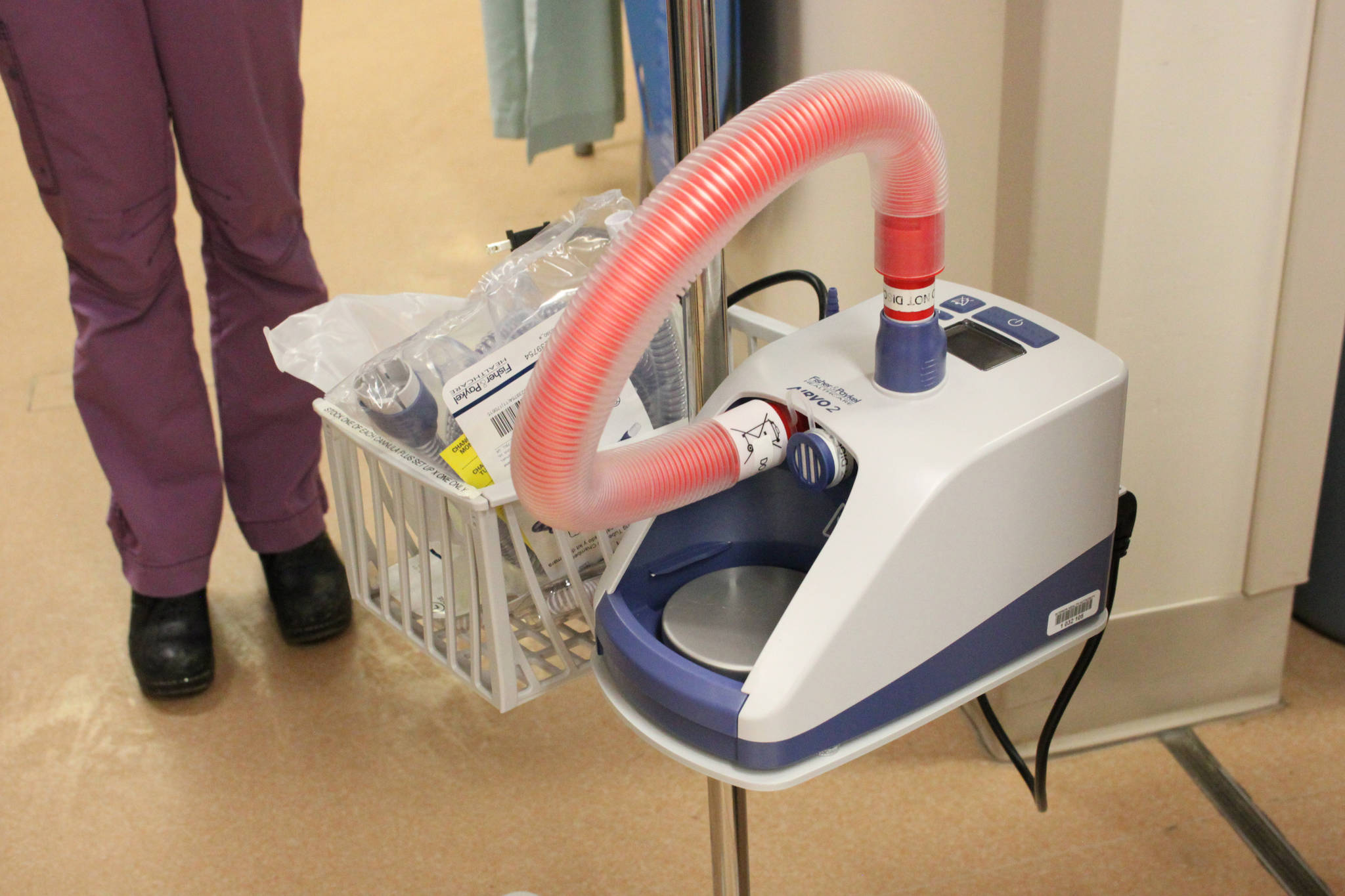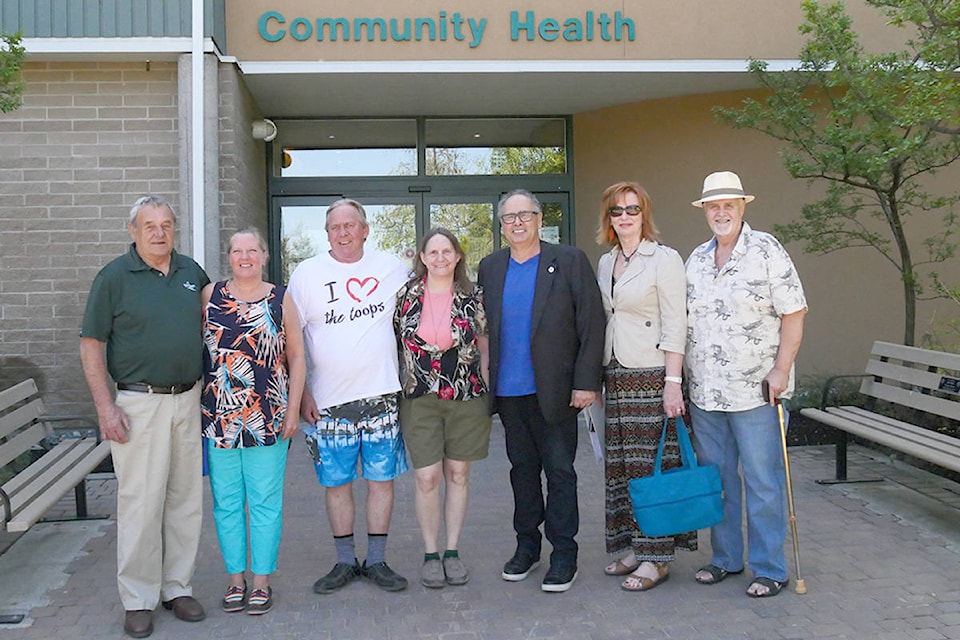More than 10 months after the start of the Gustafsen wildfire, some residents are still dealing with increased respiratory problems, according to community respiratory therapist Barb Liness.
“We are actually seeing patients, some of them with bad lungs, being affected more. They’re getting sort of a flare-up or a chest infection and the problem is that they’re not able to get over it very well. So they’ll need a couple of courses of antibiotics and prednisone,” she says, adding that they were seeing increased asthma problems earlier on.
Tom Lund suffers from COPD caused by smoking years ago.
“The smoke wasn’t good for anybody, even with healthy lungs, but for us it was a real problem. For some of us it was worse than others. I don’t think I suffered too much but I did notice a difference,” he says. “It’s much better now but that had long-term effects on people like us that suffer with COPD because once your lungs are shot; they’re shot; they’re not coming back. So stuff like that has a real harmful effect on us.
Steve Nelson also suffers from breathing problems, including COPD and asthma, from roofing tar and asbestos as well as smoking. He says the smoke was really bad but found it worse when he went to Kamloops. The breathing program he’s taking part in (led by Liness) makes a huge difference, he adds.
“I think I would have died,” he says. “When you’re out of whack you don’t know it. You think you’re still strong enough and you’re still doing it but when you sit down and you say ‘I didn’t realize I was that close to not being able to breathe.’”
“If you don’t know how to breathe, if you don’t know what to do, you’re just gonna die.”
Nelson and Lund say that the classes they take with Liness are a massive help.
When Lund started his lung capacity was only 52 per cent, he says, adding that with what Liness and specialists have taught him it has improved to 73 per cent.
“I give 100 per cent credit on what they taught me to look after myself,” he says. “Without this program for the residents of 100 Mile House, we’d be lost. We have nothing. We don’t have a program to look after what we suffer with so we are so grateful.”
Nelson says his lungs got to the point where he could only mow one row of grass before having to pass the mower off but that now he can do three or four rows again.
There’s also some positive news for locals with respiratory problems.
The hospital originally only had one AIRVO respiratory unit which they requested through the South Cariboo Health Foundation (SCHF). The SCHF, at the time, went to TB Vets who provided the funding to the SCHF who purchased the unit.
When the wildfires started, staff at the hospital went back to the SCHF to ask for a second one which was acquired with the help of TB Vets (see the April 25 edition of the 100 Mile Free Press). They’re currently in the process of trying to obtain a third one for the 100 Mile hospital, according to Peter Merola, the Vice-Chair of TB Vets.
Merola has a cabin on Hawkins Lake and was personally evacuated as well.
He says TB Vets is working on some local fundraisers with a mailout expected throughout the Cariboo Regional District, noting that any money raised will be used locally.
Liness says many people with respiratory problems are not aware of what’s available to them.
If you struggle with respiratory problems the available help includes breathing tests, education, medications and how to cope with them and the pulmonary rehab program (which is what Lund and Nelson are taking part in) but people can also meet one-on-one if they don’t like the group setting, says Liness. The group usually has between seven and 20 people in attendance with the classes running for 11 weeks at a time in the education room of the community health part of the hospital.
To get help, you can phone Liness at 250-267-7470.
Like us on Facebook and follow us on Twitter.

